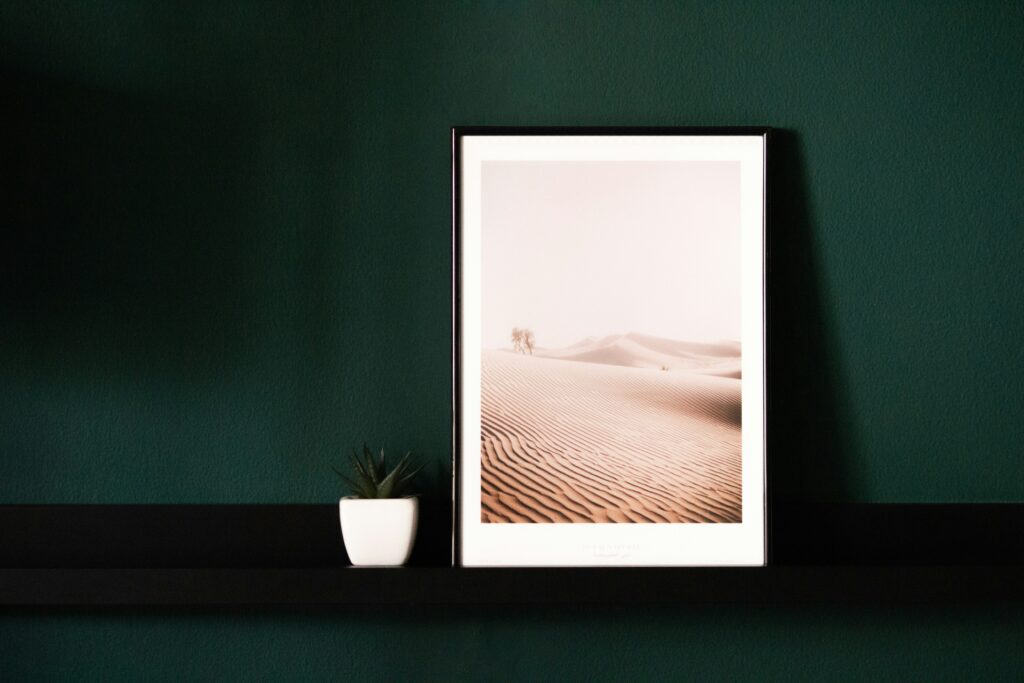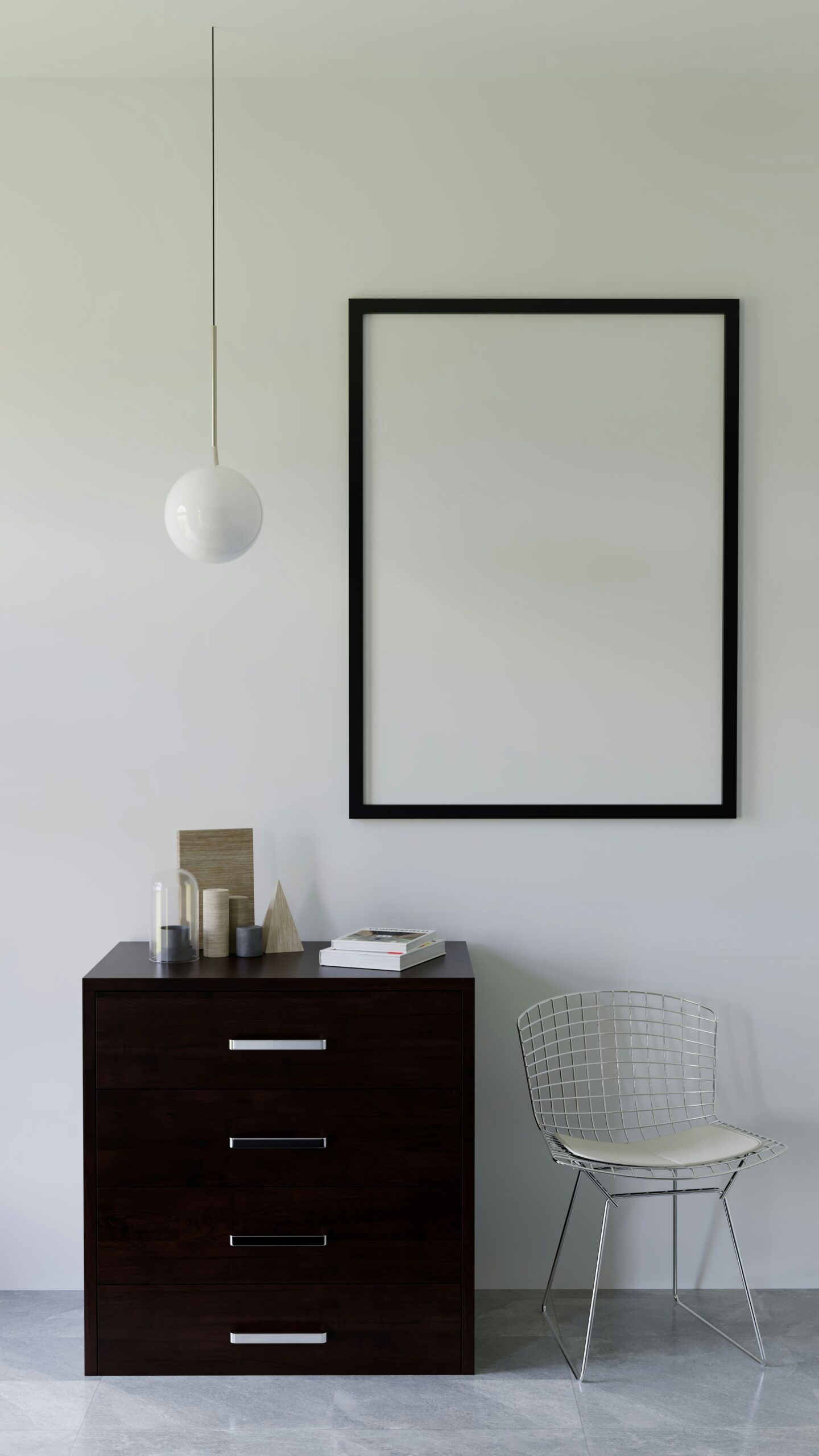Mental health issues are rising in workplaces. These websites are supporting millions through free therapy, tools, and safe online communities

When design is crowded, the message gets lost. Every extra element competes for attention, and your audience is forced to work harder to understand the point. Minimalism, on the other hand, guides the eye and tells the story with precision.
Great design doesn’t need to shout. Think of Apple’s white space, or Google’s clean homepage. These designs evoke calm, trust, and focus — emotions born out of simplicity.
Trends come and go, but simplicity doesn’t expire. A minimalist logo, layout, or idea can last decades because it isn’t weighed down by decorative baggage.

Any designer can add more. The real skill is in taking away — stripping a concept down until only the essential remains. That discipline creates beauty, functionality, and respect for the user’s time.
“Less is more” isn’t about absence. It’s about presence — the presence of clarity, elegance, and meaning. In creativity and design, what you remove often matters more than what you add.
Mental health challenges are on the rise — especially in the workplace. Stress, burnout, anxiety, and depression are now leading causes of lost productivity and employee turnover.
According to Mental Health Foundation UK, 15% of UK workers have a diagnosed mental health condition. A Deloitte report estimates that poor mental health costs employers £51 billion a year in absenteeism, presenteeism, and staff churn.
And it’s not just the UK globally, millions of workers are suffering in silence.
Post Tags :
Share :

The AftercolorX is a creative agency and studio delivering bold ideas, modern design, and innovative digital solutions. Let’s bring your vision to life.